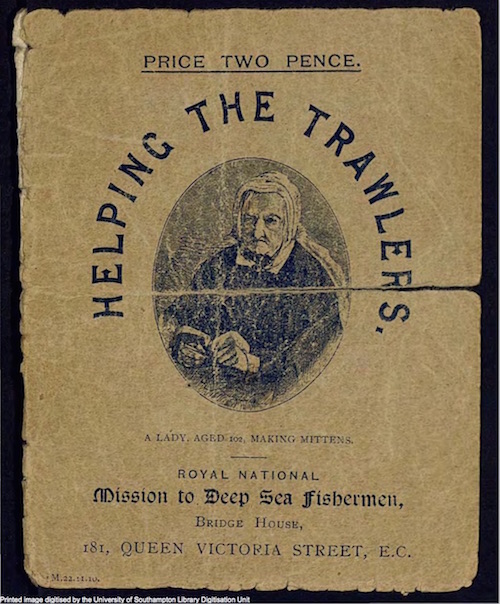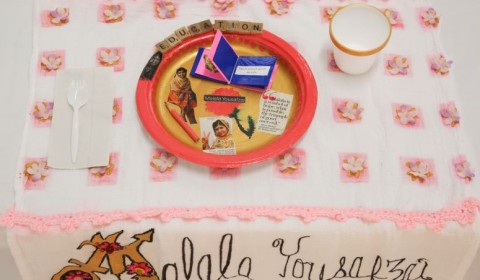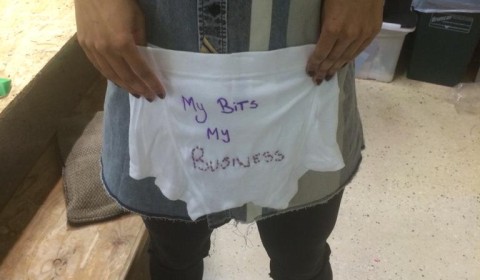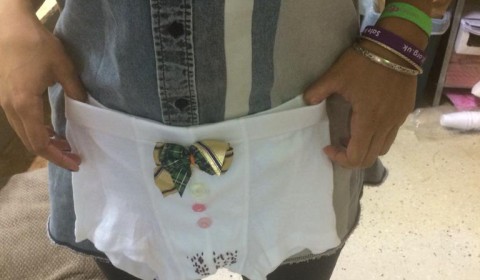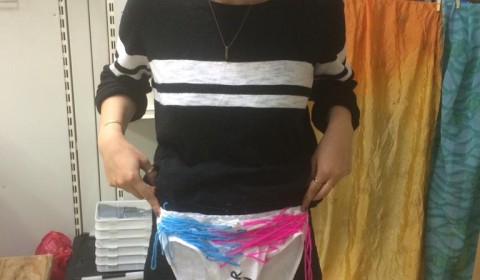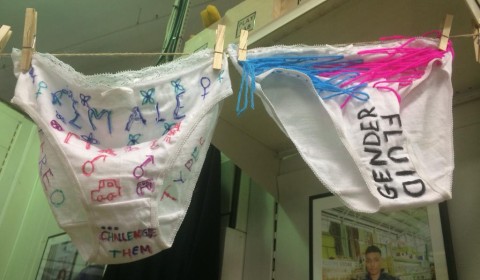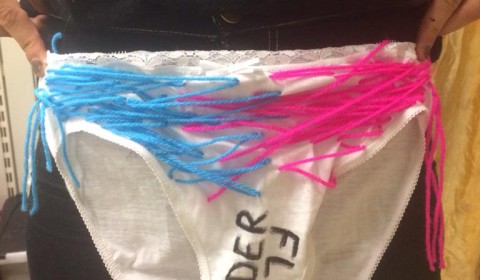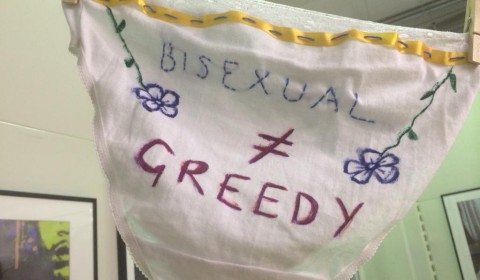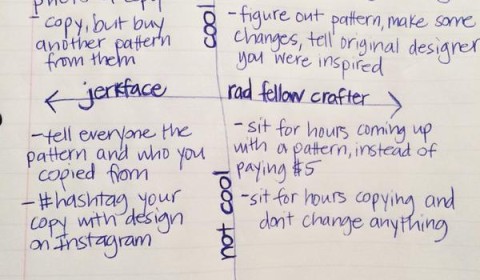People have long been proud of crafts, whether they make them or they buy them. I love this example of craft love in this photo below, of a Czech-Slovak crafts booth in 1922 by Harris & Ewing, where people are wearing handmade crafts and showing them off.

Last week I wrote about creating the craftivism manifesto, and this week, I wanted to write a little bit more about why this is important. If you’d like to participate in its creation, check out the details here.
A manifesto. A call to action. A welcoming invitation to be one of us. A thingie. A feel-good version of what we’re doing. A weird idea. Something that should have been done years ago.
Despite championing craftivism for over a decade and writing definitions and essays and books, there are plenty of days where I have absolutely no idea of what I’m doing. I vacillate between wanting interested parties to take craftivism to where it needs to go and putting my hand more firmly on the steering wheel. I am in awe and humbled by the fact that craftivism is real.
Because without you, it wouldn’t be. I wouldn’t have the chance to travel and talk about craftivism at times to people who believe in it. There would be no book, no craftivist groups around the world.
In an email recently, I wrote about how every act of conscious craft falls under the craftivism umbrella, because the seed of craftivism, the intention to make a difference with your craft skills, is still there.
It’s this seed that I’m hoping the manifesto holds, for you to take and grow and give thought to how your craft skills can help other people in the best way you can. Your actions may be blogged about or tweeted or texted. Or you can choose to keep them to yourself. No matter which you choose, you’re manifesting the power of craft as you work.
Your actions do not necessarily have power because of social media, they have power because they have soul. Soul that connects you to craft practitioners going back thousands of years depending on the discipline. We may not know the names of the people who made those early crafts, but our hands know their work.
We do not gain real sustainable power through broadcasting, we gain it through connecting again and again with the stitches, the clay, the wood. By choosing to work with these materials in a world that could easily have made them obsolete, you are choosing to make instead of blindly accept. To fabricate over taking pre-built items from the shop. To ask and explore instead of ignoring the connection between what we have now and what we had before.
As crafters, we are soul seekers. We mold and wrap and forge and play as we make because creation is a delight, especially when you can brew a cup of tea or wear it in the cold or use it to slurp soup later. Our work may go on walls or on shelves, but it is best loved when it’s put to use, because it is for use.
There is little real worry if they break, because we can make them again. We can start anew and either make something better and different or the same old thing again and again. We get to choose.
We take time out from our keyboards and friends and pets to create what we can buy at Target for much less. We take time because we know the value of holding something we’ve made in our own two hands. Because  we have a put a bit of our soul inside, and choose to lend a bit of ourselves to each thing we churn out.
Our choosing to make gives others permission to also follow their dreams and interests. Our return to shape something into existence that once was not there and may never be again shows others that there is little to be scared of in the act of making, because there is no wrong answer. There is only making and learning.
These are the things I want to convey in the craftivism manifesto and about making itself. Because there is magic in the making, each and every time we turn our hands away from our screens and towards our imaginations.
Feeling fired up about crafts and craftivism? Come check out how you can help make the craftivism manifesto!
